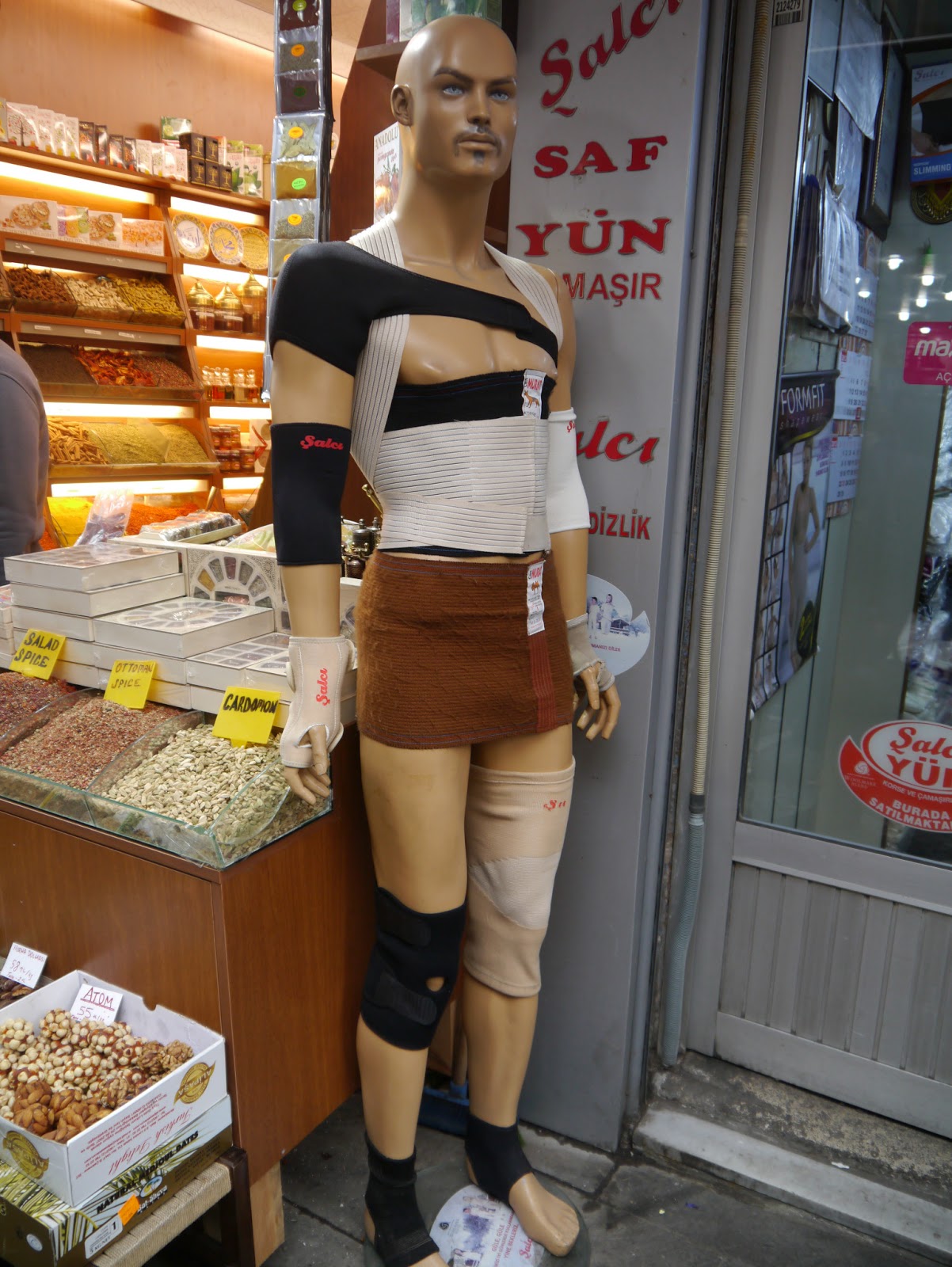Galata Kulesi, Istanbul 2013
Photo : Lizzie Coleman-Link
Poste Restante - Cuges Les Pins
International Mail Art Open Call *
Any medium, drawings, letters, postcards, objects, photographs, music, maps based loosely on the theme of travel, nomads.
All works will be shown at the Poste Restante - Cuges @ the Nomadic Village Sept/Oct 2013.
All works will be catalogued and documented and will be included in an online Gallery and shown further exhibitions, therefore the Mail Art will not be returned.
Please write your name and address on the back of the work, you will receive a postcard from Cuges acknowledging its arriival.
All Post to:
Poste Restante - Cuges
C/O tadlachance
Nomadic village 2013
6 traverse Condorcet
13780 Cuges Les Pins
France














